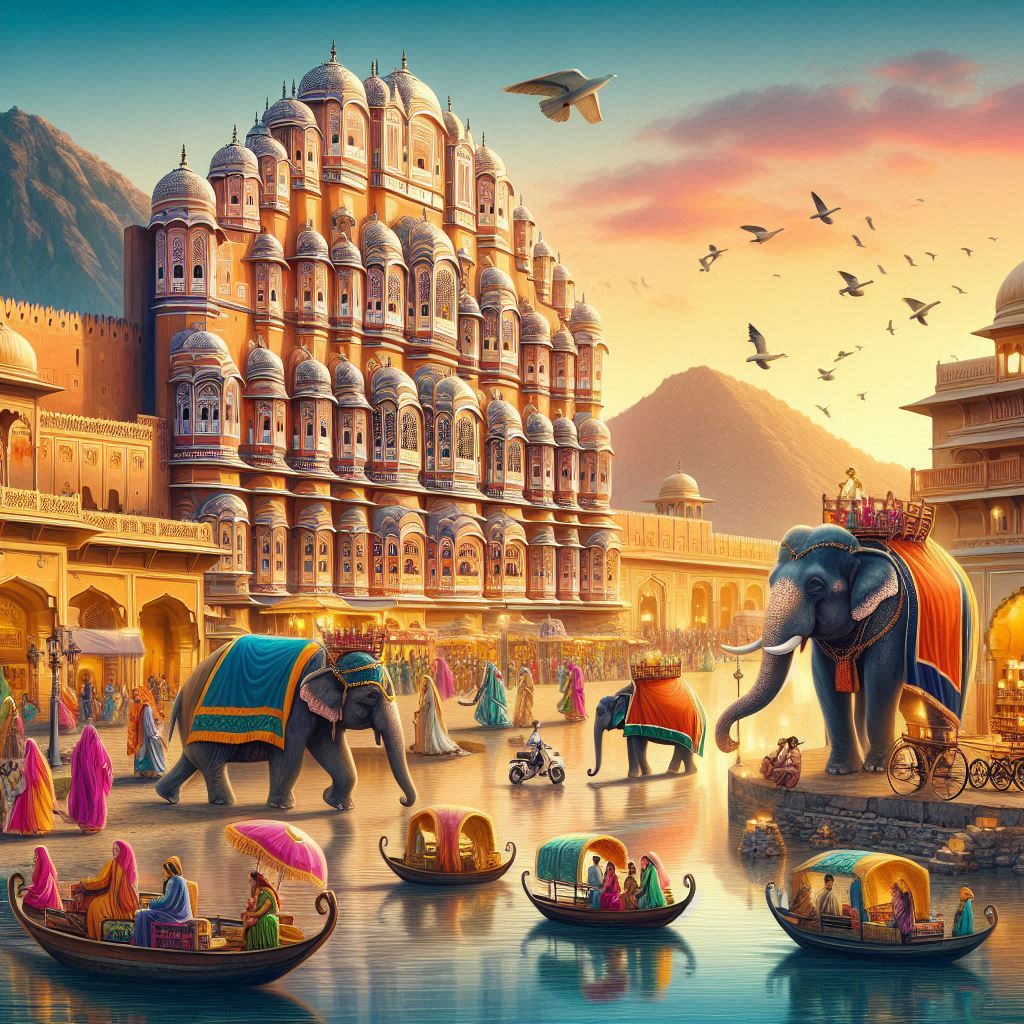Why Choose Us : “Welcome to RideOnTour Travels! We’re more than just a taxi service; we’re your trusted partners in exploring the vibrant and historic city of Jaipur. Whether you’re a first-time visitor eager to discover the Amber Fort or a local needing a reliable ride to your favorite market, our Jaipur taxi service is here to ensure your journey is smooth, comfortable, and memorable. Our drivers are not just professionals—they’re locals who love sharing the beauty of Jaipur with you.”
RideOn Tour Travels: Your Gateway to Jaipur’s Majestic Heritage!
Discover the timeless charm of Jaipur with RideOn Tour Travels, your trusted partner for exploring the Pink City and beyond. From the breathtaking grandeur of Amer Fort and the intricate beauty of Hawa Mahal to the tranquil waters of Jal Mahal and the vibrant streets of the Old Pink City, we bring the cultural heart of Rajasthan to life.
With our seamless taxi services, personalized tour packages, and dedicated team, we ensure an unforgettable journey filled with heritage, adventure, and moments of joy. RideOn Tour Travels—experience the elegance of Jaipur, one step at a time.
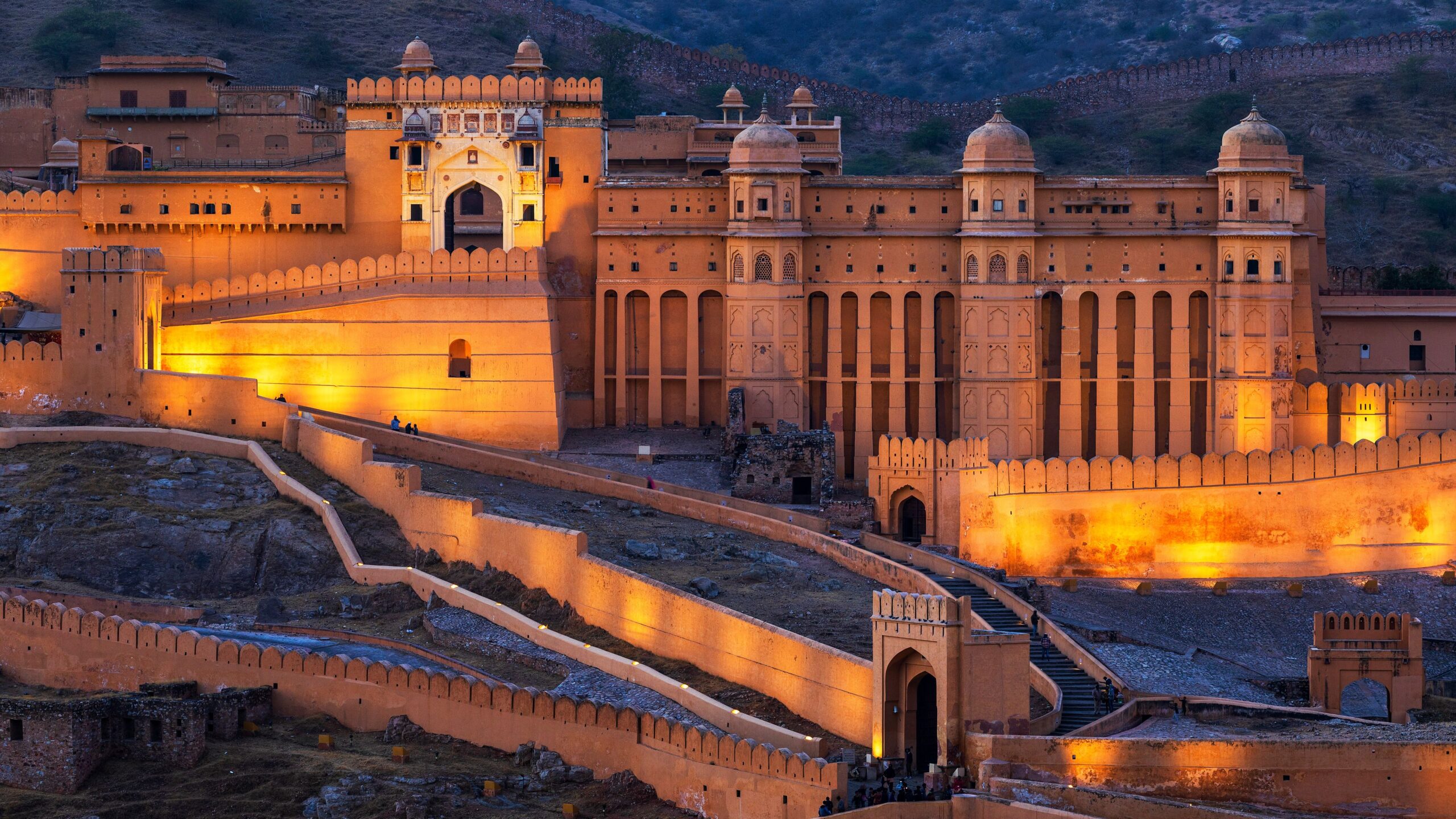
History of Amer Fort Rajasthan
Amer Fort (आमेर दुर्ग ) perched on a hill in Jaipur, is a timeless blend of Rajput and Mughal architecture. Its Sheesh Mahal and Diwan-i-Aam are architectural marvels, while legends of secret tunnels add intrigue. The fort is not just a relic of the past; it’s a living museum with vibrant local traditions. Visitors can experience its rich history firsthand, making it a must-see destination.
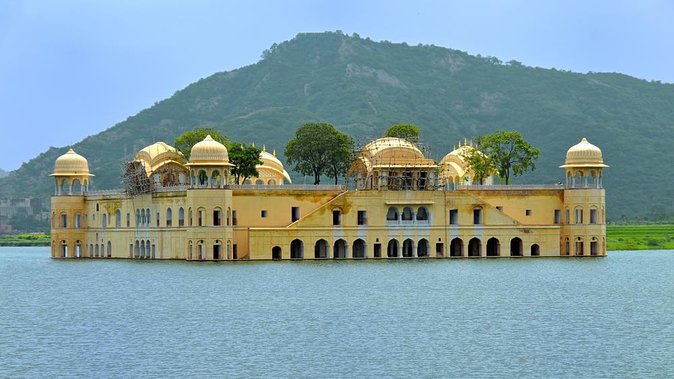
History of Jal Mahal
Jal Mahal
Jal Mahal (जलमहल ) (Water Palace) is a stunning architectural marvel located in the heart of Man Sagar Lake in Jaipur, Rajasthan, India. This five-story palace is renowned for its unique blend of Rajput and Mughal architectural styles, characterized by its white marble and red sandstone construction. Today, Jal Mahal is a major tourist attraction, known for its breathtaking beauty and serene environment.
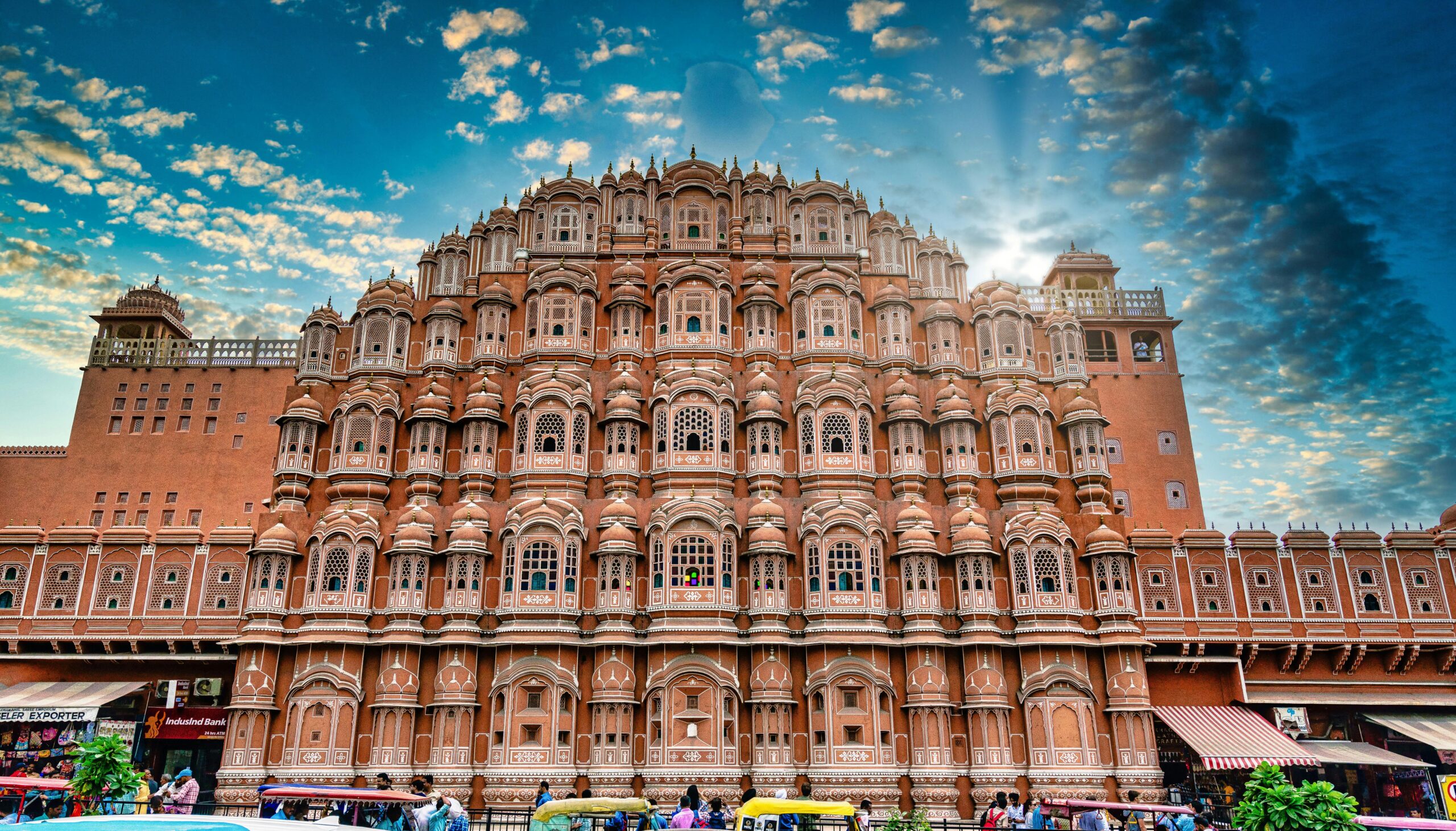
History of Hawa Mahal
Hawa Mahal
Hawa Mahal (हवा महल )also known as the “Palace of Winds,” is an iconic architectural marvel located in Jaipur, the capital of Rajasthan, India. Built in 1799 by Maharaja Sawai Pratap Singh, this five-story palace is renowned for its unique honeycomb structure and intricate latticework. The palace was designed by the architect Lal Chand Ustad and stands as a perfect blend of Rajput and Mughal architectural styles.
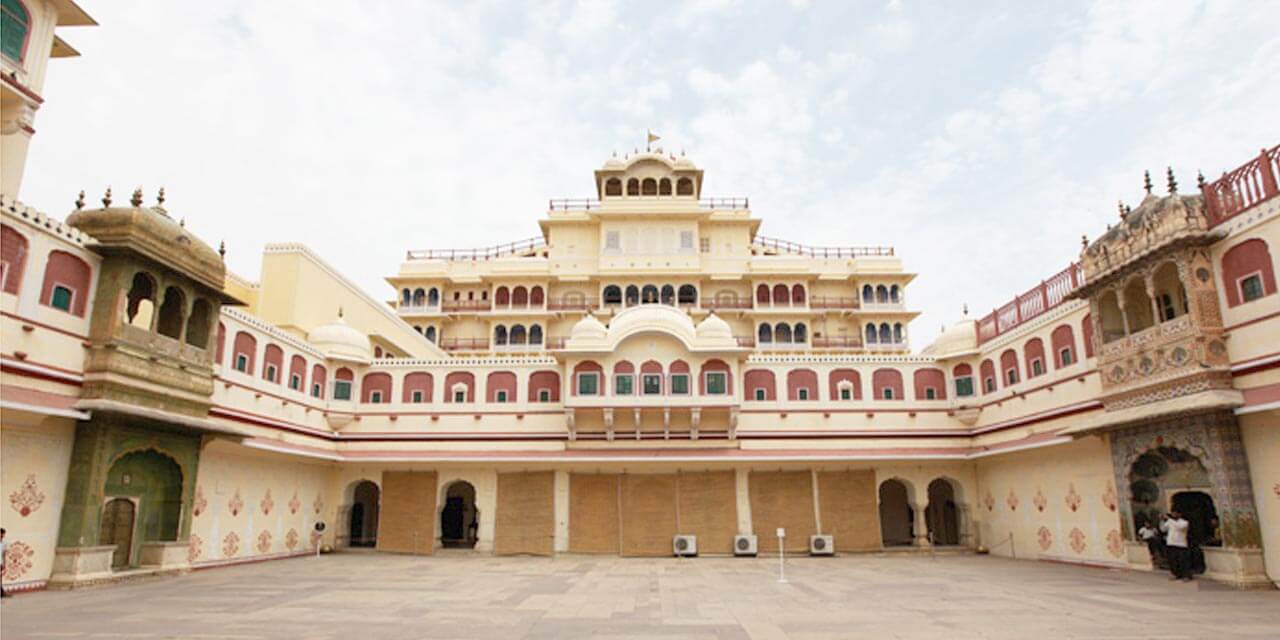
History of City Palace
City Palace
City Palace (सिटी पैलेस ) is a magnificent complex located in the heart of Jaipur, the capital of Rajasthan, India. This architectural marvel is a perfect blend of Rajput, Mughal, and European styles, showcasing the rich cultural heritage of the region. City Palace is one of the most visited tourist attractions in Jaipur, drawing visitors from around the world.
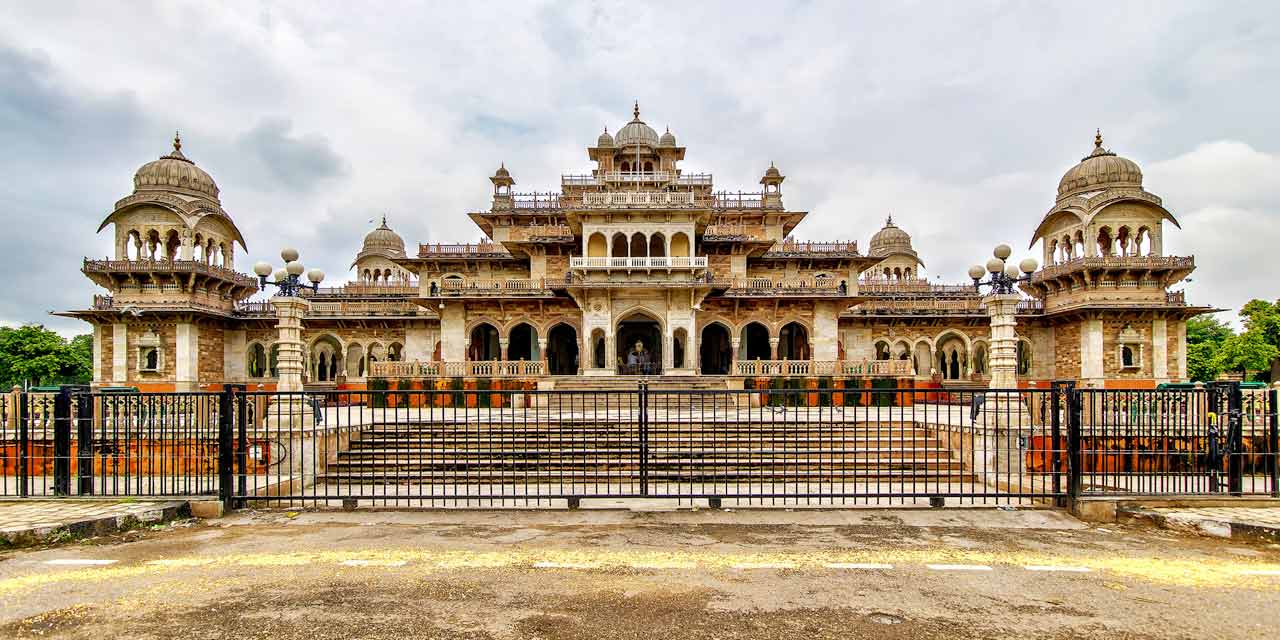
History of Albert Hall
Albert Hall Museum
Albert Hall Museum (अल्बर्ट हॉल संग्रहालय ) officially known as the Albert Hall Museum of Art, Archaeology and Ethnography, is located in Jaipur, Rajasthan, India. It is the oldest museum in the state and serves as the state museum of Rajasthan. The museum houses a vast collection of artifacts, including ancient sculptures, paintings, inscriptions, and local arts and crafts.
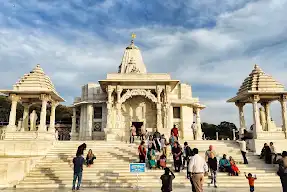
History of Birla Temple
Birla Temple
Birla Temple (बिड़ला मंदिर,) also known as Lakshmi Narayan Temple, is a prominent landmark in Jaipur, Rajasthan, India. This magnificent temple is dedicated to Lord Vishnu (Narayan) and Goddess Lakshmi, the deity of wealth. Built by the renowned Birla family in 1988, the temple stands as a symbol of devotion and architectural excellence.

